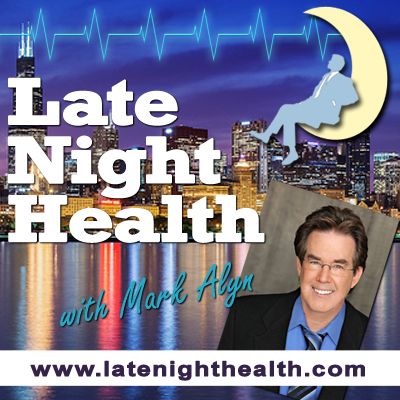Myofascial Release Therapy - Kathy Murillo 5/21/16

Descarga y escucha en cualquier lugar
Descarga tus episodios favoritos y disfrútalos, ¡dondequiera que estés! Regístrate o inicia sesión ahora para acceder a la escucha sin conexión.
Descripción
Ever feel that you're holding the weight of the world on your shoulders? Or perhaps just the stress of everyday life? More than 50 years ago a simple, low-load stretch...
mostra másThis is not about working the muscles on your face but rather the tightness of the fascia. Fascia are the fibrous connective tissues enclosing a muscle. Kathy Murillo, an occupational therapist and advanced myofascial release practitioner talks about this form of physical therapy on this edition of Late Night Health.
Myofascial release techniques are used to loosen those tight areas on the body that cause pain. Neck, shoulders, arms, lower back and more are areas mostly treated with this form of physical therapy. Practitioners of MRT must be licensed in other healthcare areas such as doctors of chiropractic, massage therapists, sports injury specialists or physical therapists.
MRT is often used in combination with other therapies. The goal is to reduce pain from those stiff and tight areas where movement may be restricted. MRT enhances and increases the effectiveness of the other therapies.
The exact phrase "myofascial release" was coined in the 1960s by Robert Ward, an osteopath who studied with Ida Rolf, the originator of Rolfing. Ward, along with physical therapist John Barnes, are considered the two primary founders of Myofascial Release.[5] [6] Some practitioners use the term "myofascial release therapy" or "myofascial trigger point therapy" referring to the treatment of trigger points. The phrase has also been loosely used for different manual therapy techniques, including soft tissue manipulation work such as connective tissue massage, soft tissue mobilization, foam rolling, and strain-counterstrain techniques. Myofascial techniques can be described as passive (patient stays completely relaxed) or active (patient provides resistance as necessary), with direct and indirect techniques used in each.
Información
| Autor | Late Night Health |
| Organización | Late Night Health |
| Página web | - |
| Etiquetas |
Copyright 2024 - Spreaker Inc. an iHeartMedia Company
